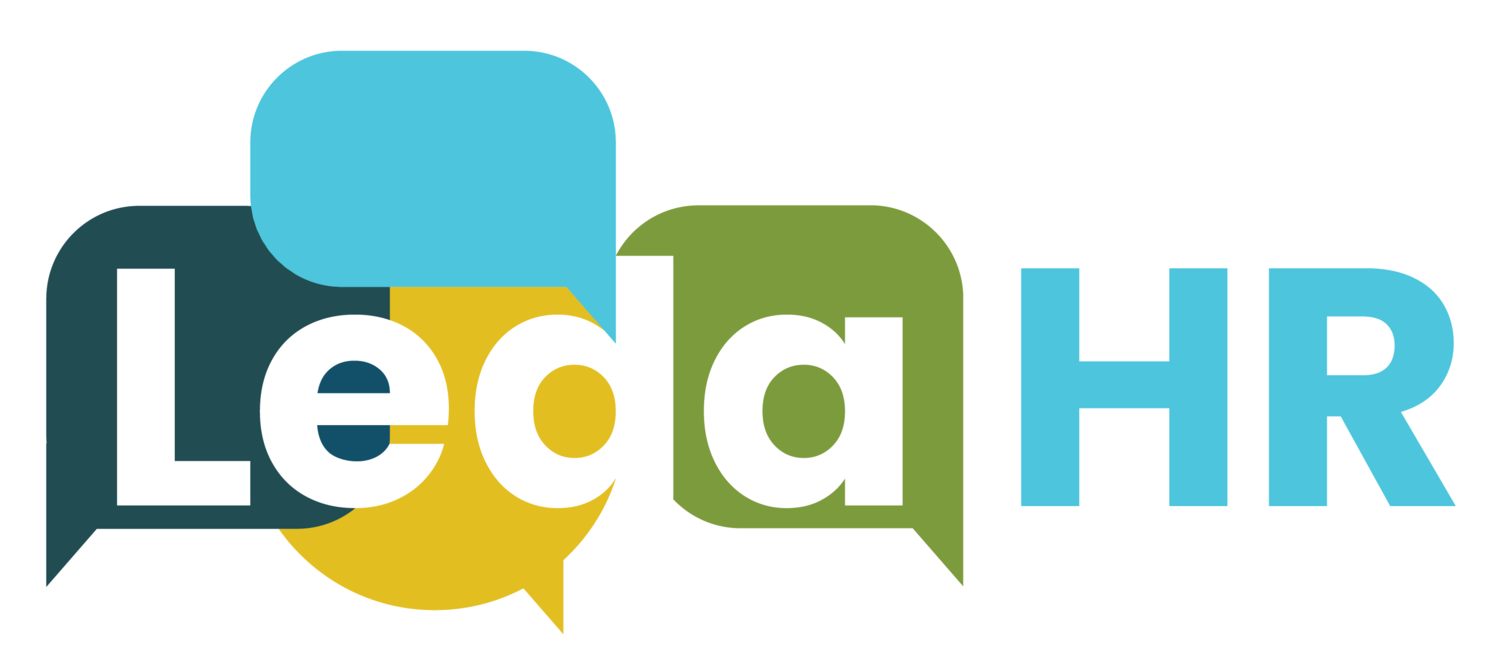Pride at Work: Four Workplace Allyship Tips to Support 2SLGBTQIA+ Colleagues
Photo credit: Canva
By Saffina Jinnah
The Government of Canada reports that 2SLGBTQIA+ workers generally earn less than their heterosexual counterparts. There are numerous reasons for this, many of which are related to discrimination. And despite how many rainbows we display and flags we fly, this persists. Which is why, this pride, we need to do more.
Pride is More Than “Love is Love”
Love is what makes us human. It is no wonder Love is Love has been a key slogan when we celebrate Pride. And on the surface, this is true. Love IS love. It’s a harmless sentiment. Or is it?
This sentiment has permeated the collective consciousness. It is inclusive and affirming yet simple and gentle. Which is perhaps why it is so widely accepted. It allows us to celebrate the 2SLGBTQIA+ community, but just the right amount. It is palatable. This sentiment, while perhaps representative of queer relationships between men and/or women, unintentionally leaves out other gender identities that exist and are integral to the 2SLGBTQIA+ experience and movement.
The current political climate across the nation is tense right now. Whether that be in law, education, leisure, and more. This community’s rights are under threat. And as allies, we need our workplaces, including our coworkers and leadership, as well as educators, families, and communities to acknowledge, accept, and celebrate all differences.
Of course, there is nothing wrong with love is love. But this Pride, I ask you to push your allyship further.
Here are four tips to act as a proud ally to 2SLGBTQIA+ peers in the workplace:
1. Do your homework.
Does your workplace have inclusive policies and hiring practices? Authentic allyship means taking the time to learn and having the willingness to change. Are the voices of the LGBTQAS+ only highlighted this month or throughout the year? These are questions that need to be asked and need to be addressed if we want to move forward and ensure the safety, success, and celebration of our peers in the LGBTQAS+ community.
2. Advocate for Improved Health Benefits.
Do your workplace benefits support all types of families? Does it include gender-affirming care? Simply put, do your benefits include services for members of the LGBTQIA2S+ community and if not why? Is there easily accessible services and access to mental health support? In addition to experiencing barriers to healthcare, members of the LGBTQIA2S+ experience mental health issues at disproportionally higher rates than their counterparts. According to Statistics Canada, “Among 2SLGBTQ+ people, 3 in 10 consider their mental health to be fair or poor.” Therefore, it is evident that access to these services is critical in maintaining an inclusive workplace.
3. Include your pronouns in your email signature.
Including your pronouns in a visible place indicates that you recognize the significance of pronouns to many people in the LGBTQA2S+ community. It can also provide a sense of safety for those who may feel unsure about sharing their pronouns at work. You can also include your pronouns on your workplace’s internal website, virtual meeting signatures (Zoom, Teams, Slack, etc.), and at in-person meetings to help foster a stronger and more inclusive environment in all situations. While this action may seem insignificant on the surface, it will prevent assumptions, misgendering, and encourages communication.
4. Learn about the reporting process at your workplace.
Many people, particularly those of a vulnerable population such as the LGBTQIA2S+ community, may not feel comfortable reporting incidents at work. This is for a multitude of reasons including risking their job security, outing themselves, etc. This is why it is important for allies to speak up when we witness discriminatory practices. By learning about the reporting processes, you can be prepared and more easily support your peers if needed. It is also important to check in and ensure this person wants your support in this process.
As a heterosexual, cisgender person, it is my responsibility to be aware of my privilege and support my peers with more than just words but with action. These are only a few suggestions. Being an ally can include rainbows and slogans, but it must also include learning and unlearning, and it is worth it. Happy Pride!
P.S. Want to learn more about allyship in the workplace and how to create a culture of belonging? Reach out to us at Leda HR for info about our workshop called Allyship: Be Effective, Not Performative.
Saffina Jinnah is a brown girl living in Vancouver, BC. A first generation Canadian, her parents are from Uganda. In her day-to-day life she works in non-profit funding, is an active volunteer, and loves to read in coffee shops sipping something over-sweetened and over-caffeinated. You can read more of her writing at Confessions of a Brown Girl.

